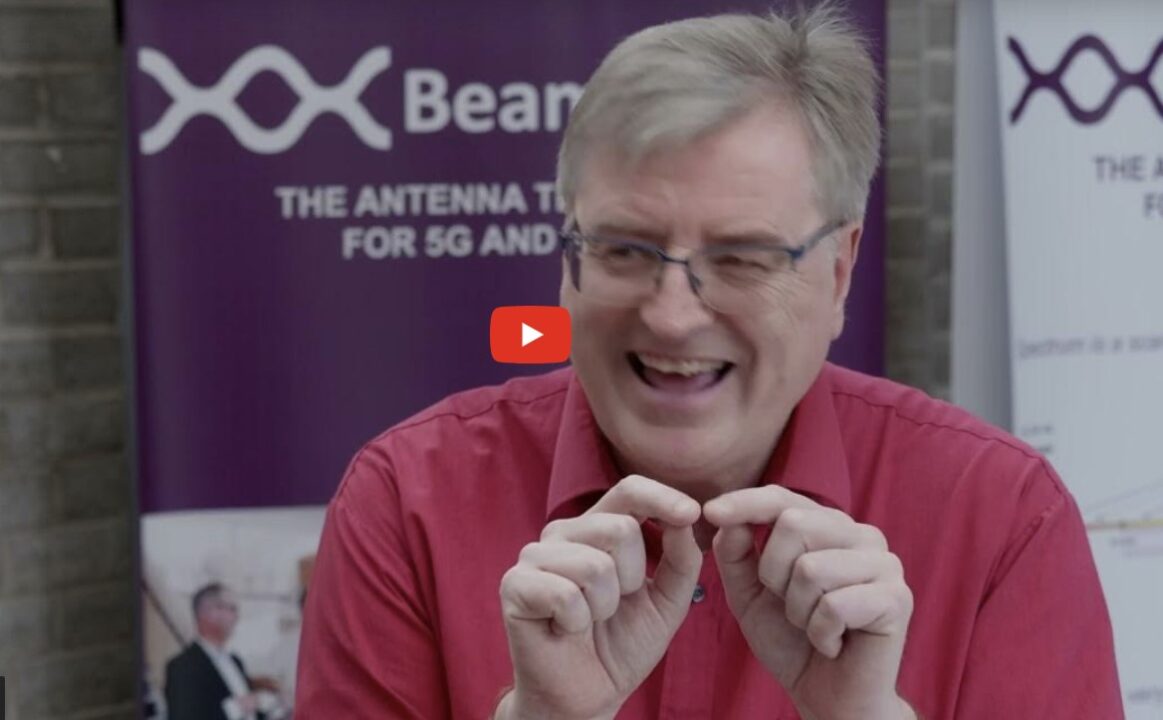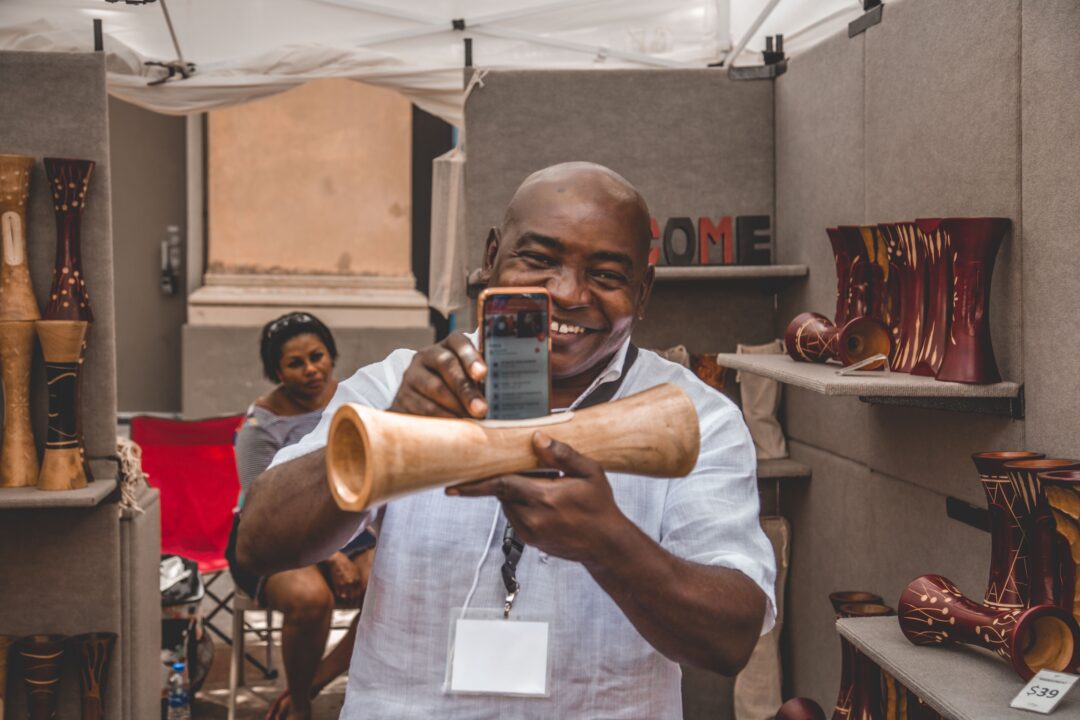Tag: 5G
-

Episode 6, looking into the future of mmWave
What about the future? What are the new applications? And can we really use this to communicate with exoplanets?
-

Episode 5, Digital beamforming from an operator perspective
How can operators benefit from digital beamforming? What is the capacity gain and why does it work so much better?
-

Episode 4, Drilling into digital beamforming
Drilling into the hart of the matter for BeammWave! Digital beamforming – to-be-or-not-to-be?
-

Episode 3, Stefan and Bengt discuss why beamforming won’t stay analog for ever
Everything goes digital, why would beamforming be the only technology that does not?
-

Episode 2, Stefan and Bengt discuss mmWave and beamforming
What is mmWave and how do you do beamforming?
-

Episode 1, Stefan and Bengt discuss why 5G is needed
Wouldn’t 4G be enough for me? Is 5G just a hype to get me to upgrade and spend more?
-

Digital BF the scalable Antenna Technology!
Traditionally when designing analog or hybrid beamforming solutions for mmWave the design has been targeting a single application. A certain antenna panel/array has been designed for a certain purpose, such as a handheld device, and if another mmWave transceiver architecture is needed for another application that needs more antennae, such as a fixed wireless access…
-

Digital Beamforming, the power efficient solution for mobile devices!
We have in our previous posts shown the advantages with digital beamforming over analog beamforming from a performance point of view. Then one may ask; why hasn’t digital beamforming in mobile devices happened yet? Well, if you ask people in the field, they will say that a digital approach has way to high power consumption…
-

mmWave Radio design for mobile devices
Chips today for consumer electronics are practically all done using a technology known as CMOS (Complementary Metal Oxide Semiconductor, silica-based). However, for the high frequency parts in a radio transceiver which are present in all communication devices, another technology based on gallium compounds has been considered better suited in terms of high frequency performance. However,…
-

mmWave affect the entire 3GPP standard
5G, as well as previous generations of cellular communication, relies on standardized communication protocols for the interactions between mobile terminal and the base station. With new and evolved features, and support of higher data rates, the complexity of the standards has increased for each new generation of mobile communication. Previous generations of cellular communication standards…
-

mmWave and 5G – THE innovation platform for the decade to come!
Innovation is the strangest mix of slow and lightning fast. The slow part is all the tedious research done in labs and at universities, the hard (and slow work) of specifications, and the macro trends building persistently. These are all necessary enablers, but are for the most time not recognized as groundbreaking inventions, even if…
-

The main driver for mmWave is Capacity!
Many believe the main reason for introducing communication in the mmWave frequency range (24 GHz and above) in 5G-NR is to allow for use cases requiring Gb/s such as VR or AR use cases. It is true that such use cases require a lot of bandwidth not existing in current sub 6 GHz frequency bands,…